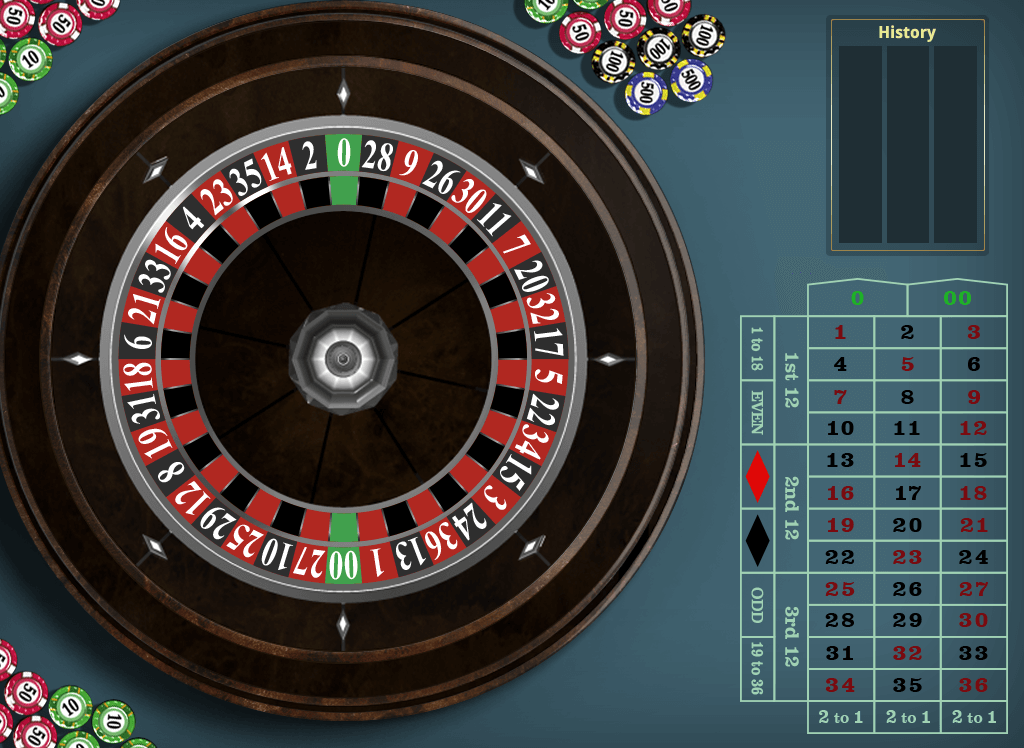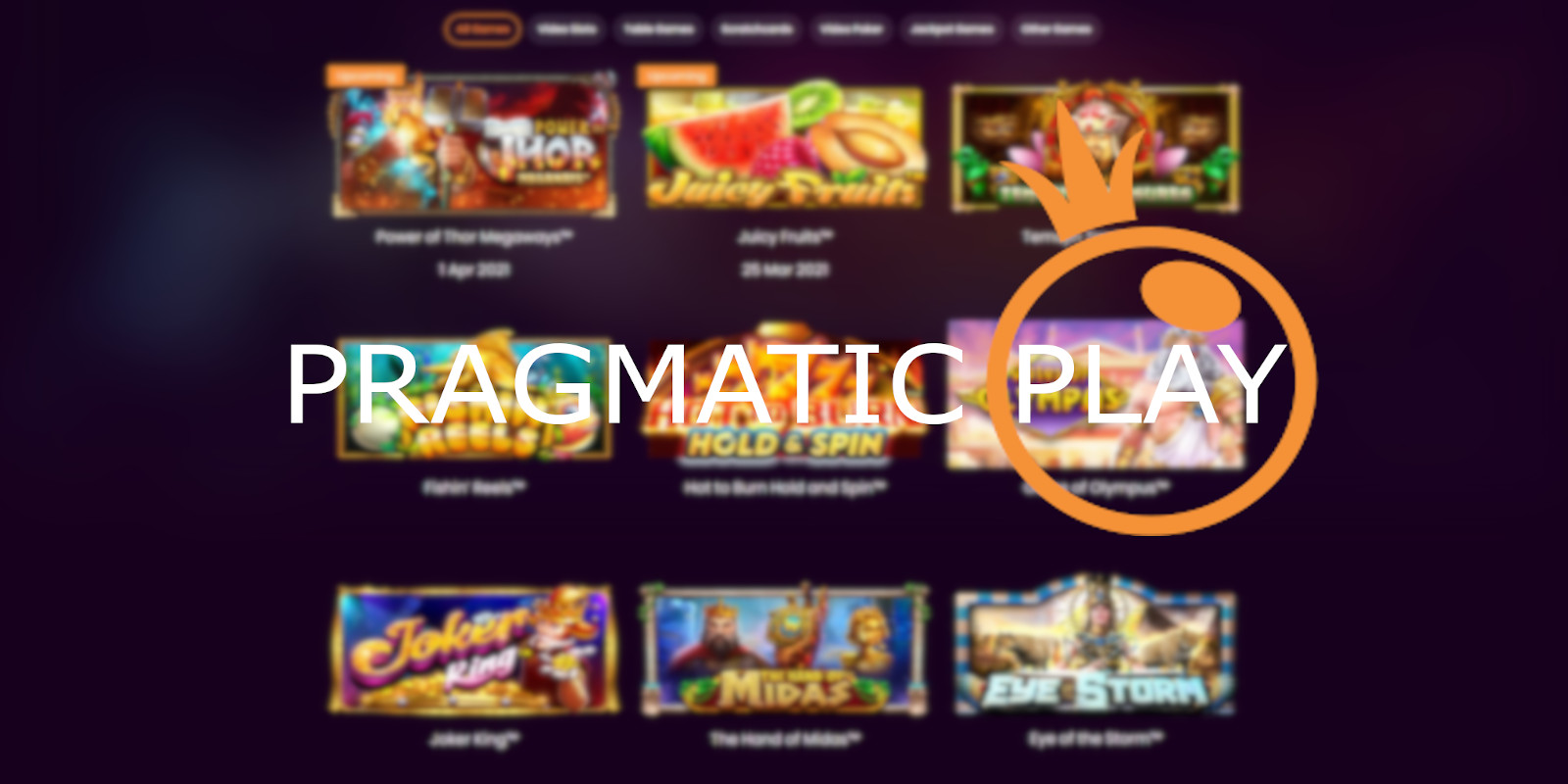
Imagine every turn could potentially create or break your entire bankroll. High-risk gaming brings the adrenaline rushing with its rare yet substantial payouts, catering to those who love living on the edge. In contrast, low-risk titles provide a steady stream of smaller wins, appealing to the careful player. Comprehending these factors is essential for taking advantage on your gaming plan and controlling emotional reactions. Ready to evaluate the risks and rewards of each approach?
Key Points
- High volatility games like Sugar Rush offer larger but rare wins, attracting risk-tolerant players.
- Low volatility gaming ensures smaller, steady returns, appealing to cautious players seeking steady payouts.
- Medium risk offers a equitable risk-reward, suitable for players desiring moderate variation in results.
- Strategic understanding of risk helps gamers control funds and maximize returns.
- Consistent risk assessment and reward analysis aid in aligning gaming strategies with personal risk tolerance.
Understanding Volatility in Gaming
In the gaming world, understanding volatility is crucial as it directly affects your overall encounter and strategy. Volatility types define the rate and scale of wins and losses—elements that significantly shape your gaming trends. You’ll encounter high, medium, and low instability games, each offering distinct challenges and rewards. High instability promises larger wins but less regular payouts, while low volatility provides smaller yet consistent gains, allowing steady development. Medium volatility strikes a harmony, suiting players seeking moderate hazard and reward.
Pay attention to how these variability types influence your gaming habits. By observing these patterns, you can refine your approaches, optimizing potential results. Mastering the subtleties of instability isn’t just about luck; it’s about leveraging insight to enhance your gaming competence.
The Mechanics of High-Risk Gaming
When engaging in high-risk gaming, you need to understand the intricate harmony between rewards and penalties, as it’s this balance that defines your overall game experience. You’ll notice that game dynamics are heavily influenced by chance and outcome dynamics, presenting a landscape where calculated risks can lead to substantial profits or significant defeats. By analyzing these components carefully, you gain insights into how actions impact results and can tailor your approaches effectively for better results.
Rewards and Penalties Balance
Amidst the vibrant chaos of high-stakes gaming, understanding the balance between rewards and penalties is crucial for mastering Sugar Rush volatility. You need to delve into the details of reward systems and penalty structures. As a dedicated gamer, you’re aware that greater risks often promise bigger rewards. However, they’re intricately tied to penalties that can swiftly balance your gains. Analyzing the mechanics of each game’s reward system becomes essential in predicting potential returns. Meanwhile, clearly defining penalty structures helps you gauge the potential losses you might endure. By meticulously planning around these elements, you can turn the volatile landscape of Sugar Rush into an opportunity for advancement. https://thesugars.co.uk Your ability to weigh risks against rewards ultimately dictates your achievement in these exciting scenarios.
Probability and Outcome Dynamics
How do you navigate the turbulent seas of high-risk gaming without getting swept away? Start by mastering probability principles, your compass through uncertainty’s currents. Probability theory offers you a structured way to predict outcomes by analyzing past events and calculating potential future occurrences. You gain insights into how likely an occurrence is to occur, which is crucial when stakes are extremely high.
Outcome prediction becomes your map, guiding you through complicated scenarios. By comprehending potential results and associated likelihoods, you make informed decisions, rather than relying on mere luck. This strategic foresight equips you to weigh risks and anticipate possible gains or losses. Focus on sharpening your ability to interpret patterns and data, ensuring you sail smoothly through the uncertainty of high-risk gaming.
Exploring Low-Risk Strategies
Even though fluctuation can be daunting, exploring low-risk strategies can provide a stable path through fluctuating markets. By focusing on low risk holdings, you can minimize potential losses while achieving steady returns. To effectively execute these strategies, prioritize understanding the principles of diversification. This involves spreading your investments across various asset classes to mitigate risks inherent in any single position. Bonds, income-generating stocks, and certain mutual funds serve as examples of such safe havens. Also, consistently reinvested dividends can further amplify your portfolio’s growth over time without exposing it to severe downturns.
Always maintain a sharp eye on macroeconomic indicators and fiscal policies, as these influence even the safest opportunities. By blending caution with knowledge, you stabilize your financial journey through the volatile sugar rush of market dynamics.
Risk Assessment: Weighing Your Options
As you cement your understanding of low-risk strategies, it’s also important to emphasize on risk assessment for enhanced decision-making. Conducting a detailed risk analysis will equip you to discern the likely outcomes of each gaming choice. The key lies in options analysis, where you weigh pros and downsides meticulously. Analyze each game’s criteria: volatility levels, payout structures, and historical results. Examine how these aspects align with your risk threshold. Emphasize games offering steady returns if you’re resistant to high stakes. Make a habit of evaluating your risk exposure frequently, adapting to shifting dynamics. Your goal in risk evaluation is to enhance decision-making pathways tailored to your strategy choices, ensuring a better balance between reward possibility and risk exposure.
Reward Dynamics in High-Stakes Gaming
Plunging into high-stakes play can be exciting, yet it demands a keen comprehension of compensation dynamics to successfully navigate the risks. You must understand the high stakes dynamics that shape this challenging gaming arena. Picture balancing on a cliff; the rewards are considerable but so are the possible losses. Acknowledging reward thresholds is essential. Set your targets with precision—consider not just the potential payoff, but the probability of reaching it. In high-stakes environments, rewards often mirror the instability, meaning larger swings. Use historical data to predict patterns and set practical goals. Knowing when returns justify the risks is key. Grasping these dynamics allows you to excel high-stakes play, improving your strategic approach and maximizing long-term success.
Managing Risks for Maximum Gain
To successfully manage risks for optimal gain, you should first grasp the different fluctuation levels, as they determine the potential swings in results. Strategic bankroll management becomes essential, ensuring you’re prepared for varying risk situations without stretching yourself. Timing your bets wisely can further improve your returns, as identifying the most opportune moments to engage can significantly impact overall success.
Understanding Volatility Levels
Understanding fluctuation levels is crucial for traversing the unpredictable terrain of monetary markets. You’re not just focusing at big or small price changes but evaluating different volatility types. Some holdings exhibit significant volatility, marked by swift price changes and increased potential returns or setbacks. Others demonstrate reduced volatility, providing stability and reasonable returns. Identifying volatility types lets you match your plan with risk preferences. Pay mind to risk indicators—metrics like beta, variance, and normal deviation—to assess asset behavior. An asset’s beta, for case, shows its reactivity to market movements, leading you on potential risks. By comprehending these aspects, you can develop strategies that weigh risk and reward effectively, enhancing gains by deliberately picking when and how to interact with fluctuating markets.
Strategic Bankroll Management
While handling your bankroll, understanding its crucial role in risk management is important for boosting gains in unstable markets. A carefully designed strategy includes evaluating your hazard tolerance and allocating your bankroll appropriately. This strategy ensures you’re not investing all your resources in one place, which is crucial in high-risk environments. By distributing smaller portions of your capital across multiple possibilities, you safeguard against disastrous losses while leveraging on possible upswings. Examine your financial goals and hazard appetite, then adapt your strategy to fit this framework. Continuously reassess your variety tactics and change them based on results metrics and trade fluctuations. Note, maintaining a meticulous balance between hazard and reward is paramount to improving profits and attaining long-term success.
Timing Your Bets Wisely
When should you set your bets to balance risk and boost return in unstable markets? Noticing timing patterns is critical. You’ll need to watch market patterns and find optimal moments for decision. These signals, if learned, reveal when a spike or dip is approaching. Calculated pauses are equally crucial. Waiting calmly when ambiguity reigns can avoid hasty losses. It’s about finding the crossroad between intuition and information, reducing impulsivity.
Consider a systematic approach where you reassess your betting strategy periodically. This creates an environment of informed choices. Pause, examine, and only then proceed. Tracking historical data and trends will arm you with understanding to forecast potential shifts. Embrace a attitude where bets are calculated, not gambles, capitalizing on learned patterns for maximized gains.
Choosing the Right Strategy for You
Selecting the right approach involves matching your goals with market conditions and risk tolerance, ensuring you’re well-prepared for the unpredictable nature of sugar market instability. Start by grasping your gaming preferences, as they dictate your https://data-api.marketindex.com.au/api/v1/announcements/XASX:SGR:2A1105631/pdf/inline/2018-corporate-governance-statement style. Are you drawn toward high-adrenaline, high-stakes gaming, or do you like the more secure, slow-burn options? Assess your risk tolerance: how at ease are you with potential losses in pursuit of substantial gains?
Review current market trends, recognizing patterns that align with your strategic preference. If you’re risk-averse, opt for strategies reducing exposure, focusing on gradual gains. Conversely, if you’re a thrill-seeker, aggressive plays with higher volatility might suit you. Always modify based on evolving market dynamics, keeping your objectives clear and your emotional responses in balance.

Enhancing Your Sugar Rush Adventure
As you establish a tactic that corresponds with your objectives in the candy market, it’s crucial to change your concentration toward improving your candy rush adventure for best results. The core of elevated sugar rush events lies in exact gameplay upgrades, which can transform your approach. Consider including these improved elements into your approach:
- Customize Settings
- Leverage Analytics
- Upgrade Tools
These improvements not only refine your sugar rush experience but also position you to perform strategies with exactness. Mastery demands care to nuances, and these guidelines guide https://www.wikidata.org/wiki/Q126366796 you towards enhanced, immersive gameplay experiences.
Frequently Asked Questions
What Aspects Impact Fluctuation in Gambling Experiences Outside of Personal Control?
You can’t control gambling volatility aspects like governing policies and reward frequencies. These factors significantly impact game dynamics, as rigid regulations and established payout periods can decide overall danger and return levels, influencing your gaming performance.
How Does Game Design Influence Player Understanding of Threat?
Game design’s aesthetics and reward systems shape your risk perception. Bright visuals and frequent winnings can create a low-risk illusion, while scarce rewards and challenging mechanics might project a higher risk, influencing your overall gaming experience.
Are Specific Types of Players More Suited to High-Risk Gaming?
Imagine standing on a cliff’s edge, adrenaline pumping. Assess if high-risk gaming suits you, considering your risk tolerance. Experienced thrill-seekers might thrive, while those new should craft strategies reflecting player demographics and their experience levels.
What Are Psychological Effects of High-Stakes Gaming on Players?
High-stakes gaming engages your emotional resilience and caters to thrill-seeking behavior. It can heighten adrenaline and stress, necessitating emotional management. Strengthened self-awareness and control are crucial to mastering the psychological impacts and achieving a balanced gaming experience.
Can Cultural Background Affect a Player’s Risk Preference in Gaming?
Under the spectrum of cultural influences, your risk perception in gaming might shift like a pendulum. Your heritage whispers in your ear, mapping out comfort levels and shaping decisions in your quest for high-stakes mastery.